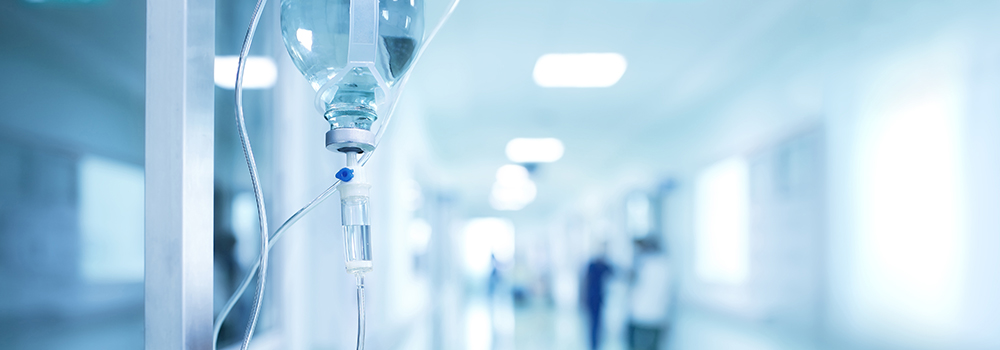Emergency | Our Speciality
Our Speciality
In emergency medicine, order of receiving treatment is based on severity and urgency of the disease, not the time of arrival at the hospital. At present, many advanced countries employ a five-tier system.
MOHW declared a 5-tier system on Jan. 1, 2010. The main purpose of the classification is to use the limited emergency medical resources where they are most needed. The implementation of the 5-tier system correctly distinguishes the severity of the disease so that critically ill patients can get timely medical treatment.
The new 5-tier system is based on six variables: respiratory distress, hematogenous changes, consciousness, body temperature, pain, and injury mechanism. The patients are hence divided into five levels: resuscitation, emergency, urgent, semi-urgent, and non-urgent. Each level should be taken care of by doctors in: immediate treatment, 10, 30, 60, and 120 minutes.
| Level | Category | Description | ||
| Level 1 | Resuscitation | Patient needs immediate treatment for preservation of life | ||
| Level 2 | Emergency | Potential threat to life, limbs and organ function, need to be quickly controlled | ||
| Level 3 | Urgent | Conditions may continue to deteriorate; the patient’s daily activities may be affected by symptoms of discomfort | ||
| Level 4 | Semi-urgent | The condition may be related to an acute episode of a chronic disease or comorbidities of some diseases that require treatment in 1-2 hours to avoid deterioration | ||
| Level 5 | Non-urgent | Non-urgent conditions which need differentiating diagnosis or referral to other clinics to avoid deterioration |
This method is more accurate than old classification methods, allowing the medical team to make quick assessment of severity and priority based on objective data and the patient's subjective statement. The classification is more detailed, and with the help of computer, it’s easier for determining severity of the disease and priority of taking patients.

The newest LODOX STATSCAN only needs about 13 seconds to complete a full body skeleton scan. Physicians can read image data real time on the monitor. If the image quality is poor, it can be rescanned immediately. The radiation is very low – only 6% of the regular X-ray. If the patient needs vertebra X-ray, the LODOX STATSCAN can rotate 90 degrees on its own to do an X-ray without having to move the patient. This reduces the possible risk of turning the patient.
The machine is also capable of rapid and accurate positioning of residual bullets in multiple gunshot wounds (such as a shotgun). It reduces the concern of overexposure to X-ray for pregnant women. For head trauma patients and patients who don’t feel pain, LODOX STATSCAN can be used to check bone fractures without the need to take multiple radiographs.
We are the first in Taiwan to purchase and install LODOX STATSCAN, and have used it widely on trauma patients.
The emergency department has many electronic medical carts, all of which are equipped with wireless transmission. Nurses can double check doctor’s instructions directly at bedside to reduce errors.
The advanced medical imaging system allows physicians to interpret the patient's image in front of the computer screen, including traditional X-ray, CT and ECG from a remote ECG cart. It is quicker and clearer for reading than traditional paper ECG.
The purpose of “First Aid Education Training” is to teach the people to help themselves or assist others when emergency injuries happen so that patients can get proper first aid when there is inadequate medical equipment or before medics arrive. This can save lives in time.
The First Aid Education and Training Center, which belongs to the Emergency Division, is responsible for co-ordinating community-based first aid training. It also promotes emergency training for the general public and medical staff in Taichung, Changhua, Nantou and Yunlin. The scope of training includes CPR, basic life-saving skills, basic trauma rescue, first-line medic personnel training, basic, medium and advanced ambulance medic training. We hope to help our fellow countrymen save lives through the promotion of emergency rescue training.
Our hospital has a roof top heliport and a special team providing pre-hospital emergency care. The heliport in Wuquan building complex opened in Nov., 2007. It has been used many times for patients flown in from Penghu and other offshore islands.
